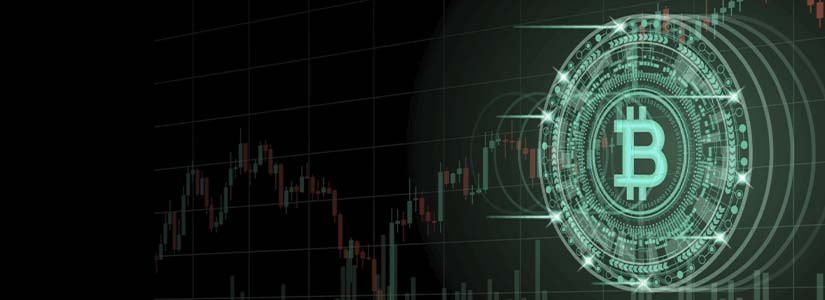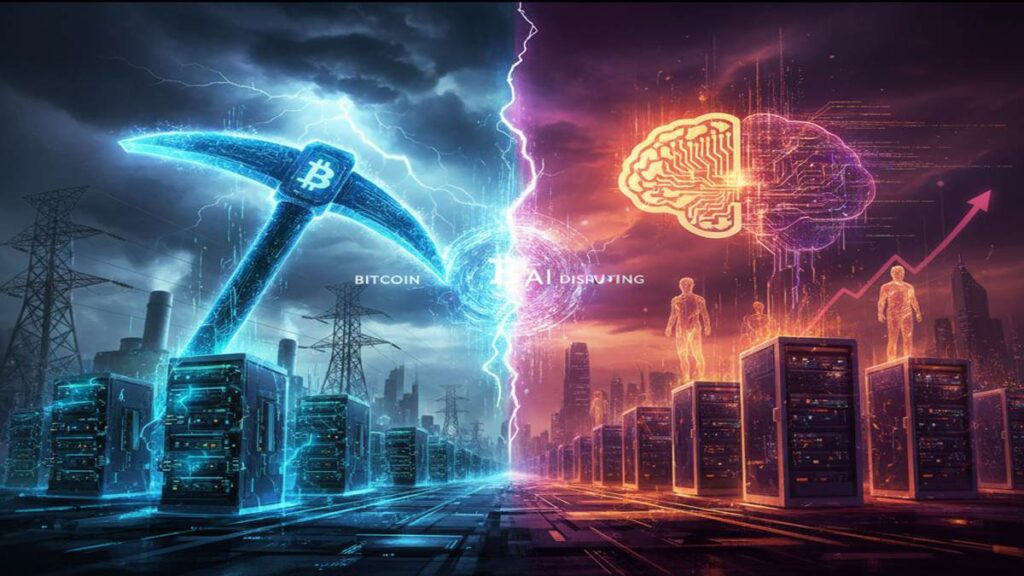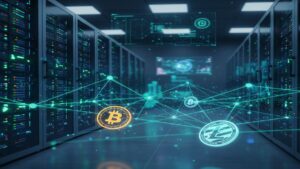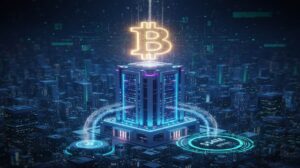TL;DR
- The U.S. DOE urges FERC to streamline direct connection to the power grid for miners and AI centers.
- The cost to mine 1 BTC nears $92,000 (JPMorgan), pressuring post-halving profitability.
- Mining stocks are decoupling from BTC, valued more for their AI potential than for the crypto.
The United States government is taking steps to facilitate large-scale electrical connections, a move that will directly benefit Bitcoin miners and Artificial Intelligence (AI) data centers.
Secretary of Energy, Chris Wright, has formally urged the Federal Energy Regulatory Commission (FERC) to design new rules that allow these large consumers to connect directly to the country’s high-voltage grid.
Wright described the increase in national energy demand as “extraordinary” and called for an expedited review process that could approve connections in just 60 days, provided applicants cover the upgrade costs.
For Bitcoin miners, this regulatory change could be a lifeline. S. Matthew Schultz, CEO of CleanSpark, stated that an agile framework would allow “flexible loads like Bitcoin mining” to connect faster and help stabilize the grid.
This reform is crucial, as the industry faces a severe profitability crisis following the April 2024 halving, which reduced block rewards to 3.125 BTC. The financial pressure is intensifying, forcing companies to seek new survival strategies.

Profitability Crisis Drives Bitcoin Mining to Transform into AI
The operational cost of mining is becoming unsustainable for many. JPMorgan analysts, led by Nikolaos Panigirtzoglou, place the current average cost to mine one Bitcoin near $92,000, a figure that dangerously exceeds the cryptocurrency’s current price (around $109,700) and could escalate to $180,000 by the next halving in 2028.
This margin squeeze is forcing operators, especially the larger publicly traded ones, to diversify into higher-margin businesses, such as AI computing.
JPMorgan notes that the transformation of Bitcoin mining into AI is already causing mining company stocks to decouple from the price of Bitcoin.
Investors no longer value these companies solely as proxies for BTC exposure, but for their potential in AI infrastructure, which offers a more stable revenue stream. As competition for cheap energy between miners and AI centers intensifies, FERC has until April 30, 2026, to redefine how large-scale computing infrastructure will connect to the U.S. electrical system.












